Home>Garden Essentials>What Can Germinate From Fall To Spring
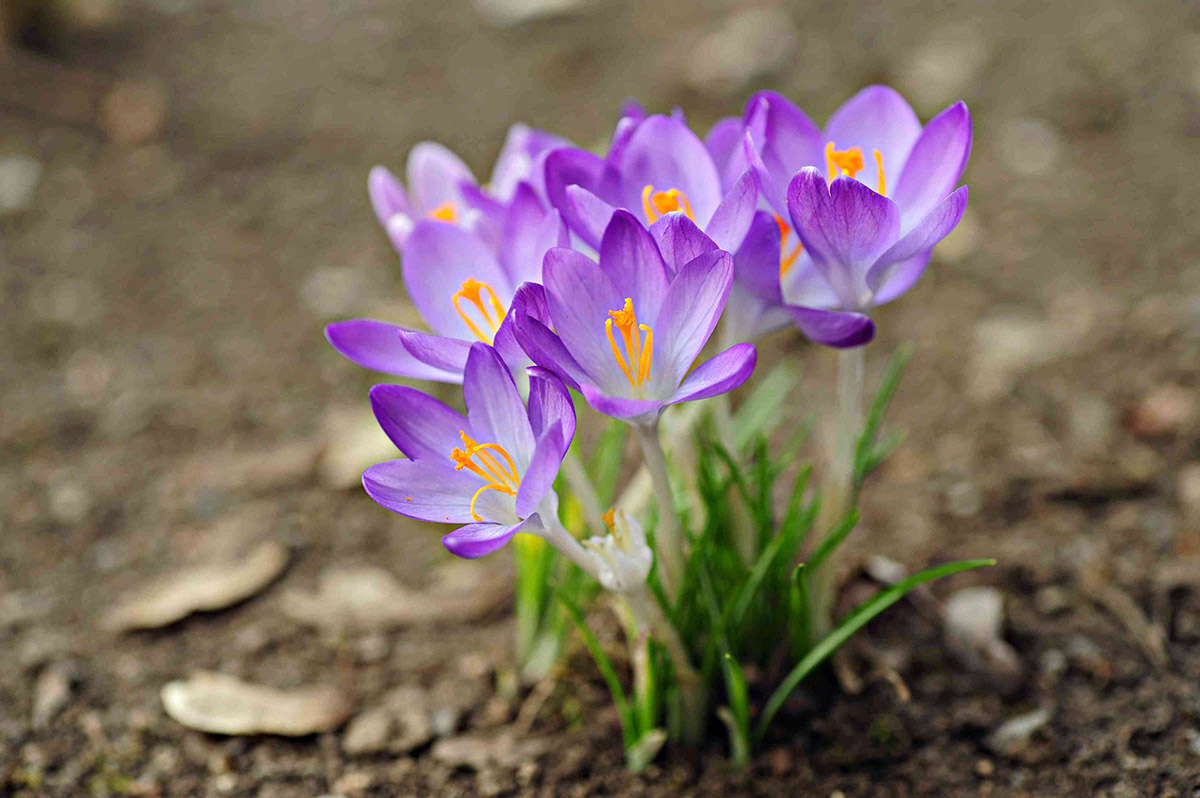

Garden Essentials
What Can Germinate From Fall To Spring
Modified: March 25, 2024
Discover a variety of garden plants that can be germinated from fall to spring. Enhance your garden with these seasonal options and create a blooming paradise.
(Many of the links in this article redirect to a specific reviewed product. Your purchase of these products through affiliate links helps to generate commission for Storables.com, at no extra cost. Learn more)
Introduction
Germination is a fascinating phenomenon in the garden world. It is the process by which a seed sprouts and begins to grow into a new plant. While many people associate germination with the spring season, there is actually a wide range of seeds that can germinate from fall to spring. Understanding the factors that affect germination and the ideal conditions for different seeds can greatly enhance your gardening success.
In this article, we will explore the fascinating world of germination and discuss the various factors that influence it. We will delve into the process of fall germination, the phenomenon of winter dormancy, and the excitement of spring germination. Additionally, we will explore the environmental conditions, such as temperature, moisture, and light, that play a crucial role in promoting successful germination. Lastly, we will touch on seed treatments that can be used to enhance germination rates.
So, whether you’re a seasoned gardener looking to expand your knowledge or a beginner eager to learn the ropes, join us on this journey as we unravel the secrets of germination from fall to spring.
Key Takeaways:
- Fall to spring offers a wide range of seeds that can germinate, each with unique requirements. Factors like temperature, moisture, light, and seed treatments play crucial roles in promoting successful germination.
- Understanding the specific needs of seeds, such as temperature, moisture, light, and seed treatments, greatly enhances gardening success. Embracing the wonder of seed germination from fall to spring leads to a bountiful harvest and a beautiful garden.
Read more: How Long For Grass To Germinate In Fall
Factors Affecting Germination
Germination is a complex process influenced by various factors. Understanding these factors is key to successfully germinating seeds from fall to spring. Let’s take a closer look at some of the key factors:
- Seed Quality: The quality of the seed itself greatly impacts germination. High-quality seeds, obtained from reputable sources, generally have a higher germination rate compared to older or lower-quality seeds.
- Seed Dormancy: Some seeds have built-in mechanisms that prevent them from germinating immediately after being dispersed. This is known as seed dormancy and ensures that the seeds only germinate under favorable conditions. Factors such as temperature, moisture, and light play a role in breaking seed dormancy.
- Temperature: Temperature is a crucial factor in seed germination. Each plant species has an optimal temperature range for germination. Some seeds require a period of cold temperatures, known as stratification, to break dormancy, while others prefer warmer temperatures.
- Moisture: Adequate moisture is essential for germination. Seeds need to absorb water to activate enzymes that initiate the germination process. However, excessive moisture can lead to rot or fungus growth, which can harm the seeds or young seedlings.
- Light: Light is another germination factor, although it varies between plant species. Some seeds require light for germination, while others germinate better in darkness. Understanding the light requirements for each seed type is crucial for successful germination.
- Oxygen: Like all living organisms, seeds require oxygen for respiration. Proper oxygen supply ensures the viability of the seed and promotes germination. Soil compaction or waterlogging can limit the oxygen availability and hinder seed germination.
- Soil pH: Soil pH influences seed germination as it affects nutrient availability. Most plant species prefer a slightly acidic to neutral pH range (around 6 to 7), while extreme pH levels can impede seed germination.
It’s important to note that each plant species has its unique requirements for successful germination. By understanding and providing the right conditions for your seeds, you can significantly increase the chances of successful germination from fall to spring.
Fall Germination
Fall is an opportune time for germination as it provides favorable conditions for certain plant species. In many regions, the temperatures start to cool down, and the soil moisture levels are typically higher due to rainfall. This combination creates an ideal environment for the seeds to sprout and establish before the harsh winter sets in.
Some plant species have evolved to take advantage of fall germination. These seeds have specific adaptations that allow them to survive the winter and resume growth in the spring. Examples of plants that commonly germinate in the fall include cool-season grasses, such as fescue and ryegrass, as well as perennial flowers like poppies and larkspur.
The key to successful fall germination is timing. It’s crucial to sow the seeds early enough in the fall to allow them sufficient time to establish before the onset of freezing temperatures. Consult the specific planting recommendations for your region and the seeds you are working with to determine the optimal timing.
Preparing the soil adequately is also important for fall germination. Clear away any debris or existing vegetation, loosen the soil with a rake or a tiller, and remove any weeds. If the soil is compacted, consider aerating it to improve water penetration and root growth.
When sowing the seeds, follow the recommended planting depth and spacing for each specific plant species. Gently tamp down the soil after sowing to ensure good seed-to-soil contact. Water the area thoroughly to settle the soil and provide the necessary moisture for germination.
As the weather cools down, keep an eye on the moisture levels in the soil. Fall rains might provide sufficient water, but if the weather is dry, consider irrigating the area to ensure the seeds have the moisture they need for germination.
Remember that not all plant species are suitable for fall germination. Some seeds may require a period of cold stratification, while others may be better suited for spring germination. It’s essential to research and understand the specific requirements of the seeds you’re working with to maximize germination success.
By taking advantage of fall germination, you can get a head start on the growing season. Your plants will have established roots and be ready to thrive when spring arrives, giving you a vibrant and productive garden.
Winter Dormancy
Winter dormancy is a natural survival mechanism that allows plants and seeds to withstand the harsh conditions of winter. During this period, growth and metabolic activity slow down significantly, ensuring the plant conserves energy and resources until more favorable conditions return in the spring.
For seeds, winter dormancy is a crucial phase in their life cycle. It ensures that germination occurs under optimal conditions, preventing premature growth that could be hindered by frost or other winter stresses. Different types of seed dormancy mechanisms exist, each triggered by specific environmental cues.
One common form of seed dormancy is known as hard seed coat dormancy or physical dormancy. Seeds with hard outer coats, often found in tree seeds like acorns and walnuts, require external factors to break their dormancy. These factors can include extreme cold temperatures, freeze-thaw cycles, or mechanical scarification, such as passing through an animal’s digestive system.
Another type of dormancy is embryo dormancy. In this case, the embryo within the seed remains dormant due to hormonal or chemical inhibitors. This type of dormancy is often seen in plants with internal seed germination mechanisms, where specific conditions are needed to break dormancy and trigger germination. The dormancy can be broken through processes such as stratification, where seeds are subjected to a period of cold temperatures to mimic winter conditions.
Winter dormancy plays a crucial role in the survival of many plant species. It allows seeds to remain viable, safeguarding genetic diversity and ensuring their ability to germinate under favorable conditions. Some seeds may remain dormant for several winters, waiting for the right set of signals to initiate germination.
As a gardener, it is important to understand that not all seeds require winter dormancy. Some seeds are adapted to germinate and grow in milder winter conditions, while others may have specific requirements for breaking their dormancy. Researching the germination requirements of the seeds you are working with will help inform the correct methods for breaking dormancy and promoting successful germination.
Overall, winter dormancy is a natural process that allows plants and seeds to survive the cold and harsh winter conditions. Embracing and understanding the intricacies of winter dormancy can lead to more successful germination and the vibrant growth of your garden come spring.
Spring Germination
Spring is a season of new beginnings, and for many plant species, it is the time for germination and growth. As the temperatures warm up, the soil becomes more conducive to seed germination, making it an ideal time to sow a wide variety of seeds.
Spring germination is triggered by a combination of environmental factors, including temperature, moisture, and light. As the soil temperature rises, it signals to the seeds that it’s time to start growing. Additionally, the increased daylight hours provide the necessary energy for the seeds to initiate the germination process.
One of the key advantages of spring germination is the availability of consistent moisture. Spring often brings rainfall, ensuring that the seeds have access to the moisture they need to begin the germination process. Adequate moisture is crucial during germination, as it allows the seeds to absorb water and activate the enzymes necessary for growth.
Plant species that are adapted to spring germination include many common garden favorites like tomatoes, cucumbers, beans, and sunflowers. These plants thrive in the warmth and longer days of spring, giving them the ideal conditions to germinate and establish strong root systems.
When sowing seeds in the spring, it’s important to consider the specific requirements of each plant species. Some seeds may require soaking or scarification to break dormancy, while others can be sown directly into the soil. Follow the recommended planting depth and spacing for each seed to ensure optimal growth.
Preparing the soil before sowing is crucial for spring germination success. Remove any weeds or debris from the area and loosen the soil with a rake or a tiller. This helps the seeds establish good contact with the soil and allows their roots to penetrate easily.
As with any germination process, proper watering is essential. Keep the soil evenly moist but not waterlogged. Overwatering can lead to root rot and other issues, so monitor the soil moisture regularly and adjust watering accordingly.
Spring germination offers an exciting opportunity to start a bountiful garden. It’s a time of growth, vibrancy, and the promise of a fruitful harvest. By understanding the specific needs of the seeds you’re working with and providing the appropriate conditions, you can maximize your chances of successful germination and enjoy a thriving garden throughout the spring and beyond.
Environmental Conditions for Germination
The successful germination of seeds depends on a combination of environmental factors. By understanding and providing the right conditions, you can greatly improve the chances of successful seed germination. Let’s take a closer look at the key environmental factors that influence germination:
Temperature Requirements: Temperature plays a crucial role in seed germination. Each plant species has an optimal temperature range for germination, and understanding these requirements is essential. Some seeds require warmer temperatures, while others thrive in cooler conditions. It’s important to research the specific temperature preferences of the seeds you’re working with and provide the appropriate conditions for successful germination.
Moisture Requirements: Adequate moisture is vital for triggering seed germination. Seeds absorb water, which activates enzymes that initiate the germination process. The moisture content in the soil should be sufficient to allow the seeds to imbibe water, but not overly saturated to avoid rot or fungal diseases. Regularly monitor the moisture levels in the soil and water accordingly, keeping the soil consistently moist but not waterlogged.
Light Requirements: Light is another important factor in seed germination, although it varies between plant species. Some seeds require light to trigger germination, while others prefer darkness. Seeds with light requirements should be sown directly on the soil surface or at a very shallow depth to ensure they receive the necessary light exposure. Consult the specific recommendations for each seed type to determine its light requirements.
Oxygen: Like all living organisms, seeds require oxygen for respiration. Adequate oxygen levels in the soil ensure the viability of the seed and support healthy germination. Proper soil aeration and avoiding compacted soil are essential for allowing oxygen to reach the seeds and promote successful germination.
Soil pH: Soil pH affects nutrient availability and can impact seed germination. Most plant species prefer a slightly acidic to neutral pH range (around 6 to 7). Soil pH outside these ranges can hinder germination and plant growth. Test and adjust your soil’s pH if needed to create optimal growing conditions for your seeds.
By providing the optimal environmental conditions for germination, you can greatly improve the likelihood of successful seed sprouting and establishment. Understanding the specific temperature, moisture, light, oxygen, and pH requirements for the seeds you’re working with is key to creating a conducive environment for germination.
Remember to consult reliable sources and seed packaging recommendations for specific information about the environmental conditions required for each type of seed. By paying attention to these factors and providing the right conditions, you’ll set the stage for healthy and vigorous seed germination.
Plant cool-season vegetables such as lettuce, spinach, and radishes in the fall for a late fall or early spring harvest. These crops can germinate and grow well in the cooler temperatures of fall and early spring.
Temperature Requirements
When it comes to seed germination, temperature is a critical factor that influences the successful sprouting of seeds. Each plant species has its own temperature requirements for optimal germination, and understanding these requirements is essential for gardening success. Let’s explore how temperature affects seed germination and what you need to know to provide the right conditions:
Optimal Temperature Range: Seeds have a preferred temperature range for germination. This range varies from species to species. For example, warm-season plants like tomatoes and peppers generally require a temperature range of 70-85°F (21-29°C) for successful germination. On the other hand, cool-season plants like lettuce and spinach thrive in a cooler temperature range of 55-70°F (13-21°C).
Minimum Germination Temperature: Along with the optimal temperature range, seeds also have a minimum germination temperature. This is the lowest temperature at which germination can occur. Seeds will remain dormant or take significantly longer to germinate if the temperature falls below this minimum threshold. Carefully research the specific temperature requirements for the seeds you’re working with to ensure you’re providing the appropriate conditions.
Cold Stratification: Some seeds, especially those found in native plants or perennials, require a period of cold stratification before germination can occur. This is a natural process that mimics the cold winter conditions the seeds would normally experience. Cold stratification is achieved by placing the seeds in a moist environment at a temperature of around 35-40°F (2-4°C) for a particular duration, usually several weeks. This chilling period helps break the seed dormancy and prepares them for germination when conditions become more favorable.
Warm Stratification: In contrast to cold stratification, some seeds require warm stratification. This process involves exposing the seeds to warmer temperatures, usually around 70-85°F (21-29°C), for a specific period to stimulate germination. Generally, plants from tropical or subtropical regions benefit from warm stratification in order to germinate successfully.
Managing Temperature: To provide the optimal temperature for germination, it’s important to consider the time of year and the specific requirements of the seeds you’re working with. If you’re starting seeds indoors, you can use heating mats or adjustable thermostats to maintain the desired temperature range. If sowing directly in the garden, wait until the soil temperature reaches the appropriate range for your seeds. Using a soil thermometer can help ensure accurate temperature readings.
Understanding the temperature requirements for seed germination is crucial for successful gardening. By providing the optimal temperature range and considering any specific stratification needs, you’ll create favorable conditions for seeds to sprout and develop into healthy plants. Take the time to research the temperature requirements of the seeds you’re working with, and adjust your planting and care practices accordingly. With the right temperature conditions, you’ll maximize your chances of successful seed germination and enjoy a flourishing garden.
Moisture Requirements
Moisture is a vital factor in seed germination. Adequate moisture is necessary for seeds to absorb water and activate the enzymes required for the germination process. Understanding and managing moisture levels properly will greatly improve the chances of successful seed sprouting. Here’s what you need to know about moisture requirements for seed germination:
Consistent Moisture: Seeds require a steady and consistent supply of moisture to facilitate germination. The moisture allows the seeds to rehydrate and start the biochemical processes necessary for growth. Inconsistent or insufficient moisture can lead to seed dormancy or hinder germination.
Seed Imbibition: During germination, seeds absorb water in a process called imbibition. This absorption causes the seed coat to swell and softens it, allowing the embryo to emerge. If there is not enough moisture available, the seeds may not imbibed enough water to properly initiate germination.
Preventing Drying Out: One of the critical aspects of moisture management in germination is preventing the seeds from drying out. If the seeds become too dry during the germination process, it can cause irreversible damage and prevent germination altogether. Regularly monitor the moisture levels in the soil and ensure that it remains consistently moist. You may need to provide additional watering or cover the seeded area with a protective barrier, such as a damp cloth or mulch, to maintain adequate moisture levels.
Avoiding Waterlogging: While consistent moisture is important, it’s equally crucial to avoid waterlogging the soil. Excessive water can saturate the soil, drowning the seeds and depriving them of oxygen. Ensuring proper drainage and avoiding overwatering can help prevent waterlogging issues during germination.
Germination Medium: The choice of germination medium or soil mix can also affect moisture retention. A well-draining but moisture-retentive medium is ideal for germination. Seed-starting mixes or a blend of potting soil, perlite, and vermiculite are commonly used to provide the right moisture balance. These mixes allow for proper moisture retention while ensuring adequate drainage.
Germination Timing and Watering: The timing and frequency of watering play important roles in providing the necessary moisture for seed germination. Watering before sowing seeds can help prepare the soil and ensure moisture is present for germination. After sowing, be careful not to dislodge the seeds or create pockets of dry soil. Continue to monitor the moisture levels regularly and water as needed to keep the soil consistently moist, but not saturated.
Proper moisture management is crucial for successful seed germination. By maintaining consistent moisture levels in the growing medium or soil, you provide the optimal conditions for seeds to imbibe water and initiate the germination process. Pay attention to the specific moisture requirements of the seeds you are working with and adjust your watering practices accordingly. With the right balance of moisture, you’ll greatly increase the likelihood of successful seed germination and enjoy a thriving garden.
Light Requirements
Light is a critical factor in seed germination, and different plant species have varying light requirements. Understanding the light preferences of the seeds you’re working with is essential for successful germination. Here’s what you need to know about light requirements for seed germination:
Light-dependent germination: Some seeds require exposure to light for successful germination. These seeds are referred to as light-dependent or photoblastic seeds. Light triggers specific physiological responses in these seeds, which are necessary to break seed dormancy and initiate germination. Examples of plant species with light-dependent germination include petunias and lettuce.
Light-sensitive seeds: On the other hand, there are seeds that are sensitive to light and require darkness to germinate. These seeds are referred to as light-sensitive or skotoblastic seeds. Exposure to light inhibits their germination process. Carrots and pansies are examples of plants with light-sensitive seeds.
Seeding Depth: The required seeding depth for light-dependent and light-sensitive seeds differs. Light-dependent seeds require a shallow planting depth since they need exposure to light to initiate germination. On the other hand, light-sensitive seeds need to be covered with soil to maintain darkness during germination. Consult the specific recommendations for each seed type to determine the appropriate planting depth.
Indirect light: For seeds that require light for germination, direct sunlight may not be necessary. Indirect or filtered light is often sufficient to trigger germination processes. Placing the seeds near a window or providing fluorescent lights can offer the necessary levels of light, even indoors.
Duration of light exposure: The duration of light exposure can also affect seed germination. Some seeds require a specific length of exposure to light, while others require alternating periods of light and darkness. Research the specific light requirements for the seeds you’re working with and provide the necessary duration of light exposure to optimize germination.
Germination environment: Providing the appropriate germination environment is crucial for meeting the light requirements of seeds. Use proper containers, such as seed trays or pots, to ensure adequate light penetration to the seeds. If starting seeds indoors, consider using grow lights to provide consistent and appropriate light levels for germination.
Understanding the light requirements of the seeds you’re working with is vital for successful germination. By providing the right amount and type of light, you can ensure that the seeds receive the necessary signals to break dormancy and initiate the growth process. Adjust your planting depth, location, and light exposure duration based on the specific requirements of each seed type. With proper attention to light requirements, you’ll greatly increase the chances of successful seed germination and enjoy healthy plants in your garden.
Read more: How To Prevent A Shower Rod From Falling
Seed Treatments to Promote Germination
Seed treatments can enhance germination rates and improve the overall success of seed sowing. These treatments help to overcome dormancy, protect against pests and diseases, and provide optimal conditions for germination. Here are some common seed treatments that can promote germination:
Scarification: Some seeds have hard outer coats that prevent water absorption and delay germination. Scarification is a treatment method that involves mechanically scratching or nicking the seed coat to help water penetrate and initiate germination. This can be done by gently rubbing the seeds with sandpaper, soaking them in hot water, or using a specialized scarification tool.
Stratification: Many seeds, particularly those from temperate climates, require a period of cold stratification to break dormancy and stimulate germination. This treatment simulates exposure to winter conditions and involves exposing the seeds to cold temperatures for a specific period. Place the seeds in a moist medium, such as peat moss or vermiculite, and store them in a refrigerator for the recommended duration, typically a few weeks. After stratification, plant the seeds in suitable growing conditions.
Soaking: Soaking seeds in water before sowing can help trigger the germination process. Imbibing water signals to the seeds that it’s time to start growing. Some seeds benefit from soaking in warm water for several hours or overnight. This treatment softens the seed coat, enabling water absorption and initiating germination.
Treating with Gibberellic Acid: Gibberellic acid is a plant hormone that can break seed dormancy and stimulate germination in some hard-to-germinate seeds. Dilute the gibberellic acid according to the manufacturer’s instructions and soak the seeds in the solution for the recommended time. After treatment, plant the seeds in suitable growing conditions.
Smoke Treatment: Certain plant species native to fire-prone areas require exposure to smoke to promote germination. This treatment involves exposing the seeds to smoke or using smoke water extract to trigger the germination process. While smoke treatment may not be practical for all gardeners, it can be effective for specific plants that have co-evolved with fire ecology.
Seed Priming: Seed priming is a technique that involves pre-soaking seeds in a carefully controlled moisture environment to initiate the germination process. This treatment kick-starts the biochemical processes within the seed, reducing germination time and improving overall germination rates. Primed seeds are typically sown immediately after treatment to prevent drying out.
Fungicide and Insecticide Treatments: To protect seeds from fungal diseases or insect pests, you can treat them with appropriate fungicides or insecticides before sowing. These treatments help prevent potential infestations that could negatively impact germination and seedling establishment. Follow the instructions on the product label for safe and effective use.
It’s worth noting that not all seeds require treatments. Many seeds will germinate successfully without any extra interventions. However, for certain seeds with specific dormancy requirements or potential pest and disease risks, these treatments can significantly improve germination rates. Always research the specific needs of the seeds you’re working with before applying any treatments and follow the recommended procedures. By employing suitable seed treatments, you can maximize germination success and ensure a flourishing garden.
Conclusion
Seed germination is a fascinating and essential part of gardening. Understanding the factors that influence germination and providing the right conditions can greatly enhance your gardening success. From fall to spring, a wide range of seeds can germinate, each with their own unique requirements.
Factors such as temperature, moisture, light, and seed treatments all play a crucial role in promoting successful germination. By understanding the specific needs of the seeds you’re working with, you can create an environment that supports their growth and development. Whether it’s fall germination to take advantage of favorable conditions before winter, navigating winter dormancy, or embracing the excitement of spring germination, each season offers its own opportunities for seed starting.
Properly managing temperature, ensuring adequate moisture levels, considering the light requirements for each seed type, and employing appropriate seed treatments can all contribute to optimal germination rates. It’s important to research and understand the specific needs of the seeds you’re working with to maximize success.
The journey of seed germination is a remarkable process that brings new life and vibrancy to your garden. By providing the ideal conditions and nurturing your seeds, you can witness their transformation into healthy seedlings and thriving plants. Cultivating an understanding of germination and applying the knowledge to your gardening practices will not only increase your gardening success but also deepen your connection with the natural world.
So, whether you’re starting a new garden or expanding your existing one, embrace the wonder of seed germination from fall to spring. With proper care and attention, your seeds will sprout, grow, and reward you with a bountiful harvest and a beautiful garden to enjoy.
Frequently Asked Questions about What Can Germinate From Fall To Spring
Was this page helpful?
At Storables.com, we guarantee accurate and reliable information. Our content, validated by Expert Board Contributors, is crafted following stringent Editorial Policies. We're committed to providing you with well-researched, expert-backed insights for all your informational needs.
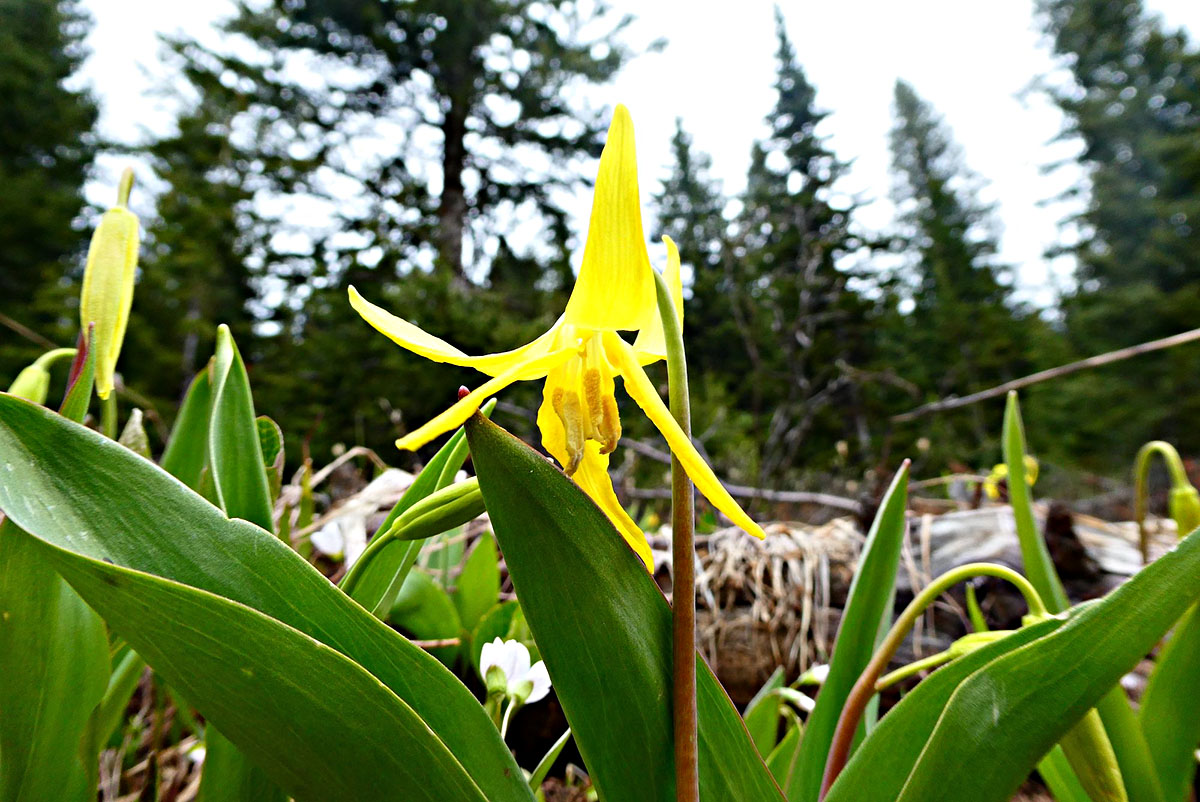

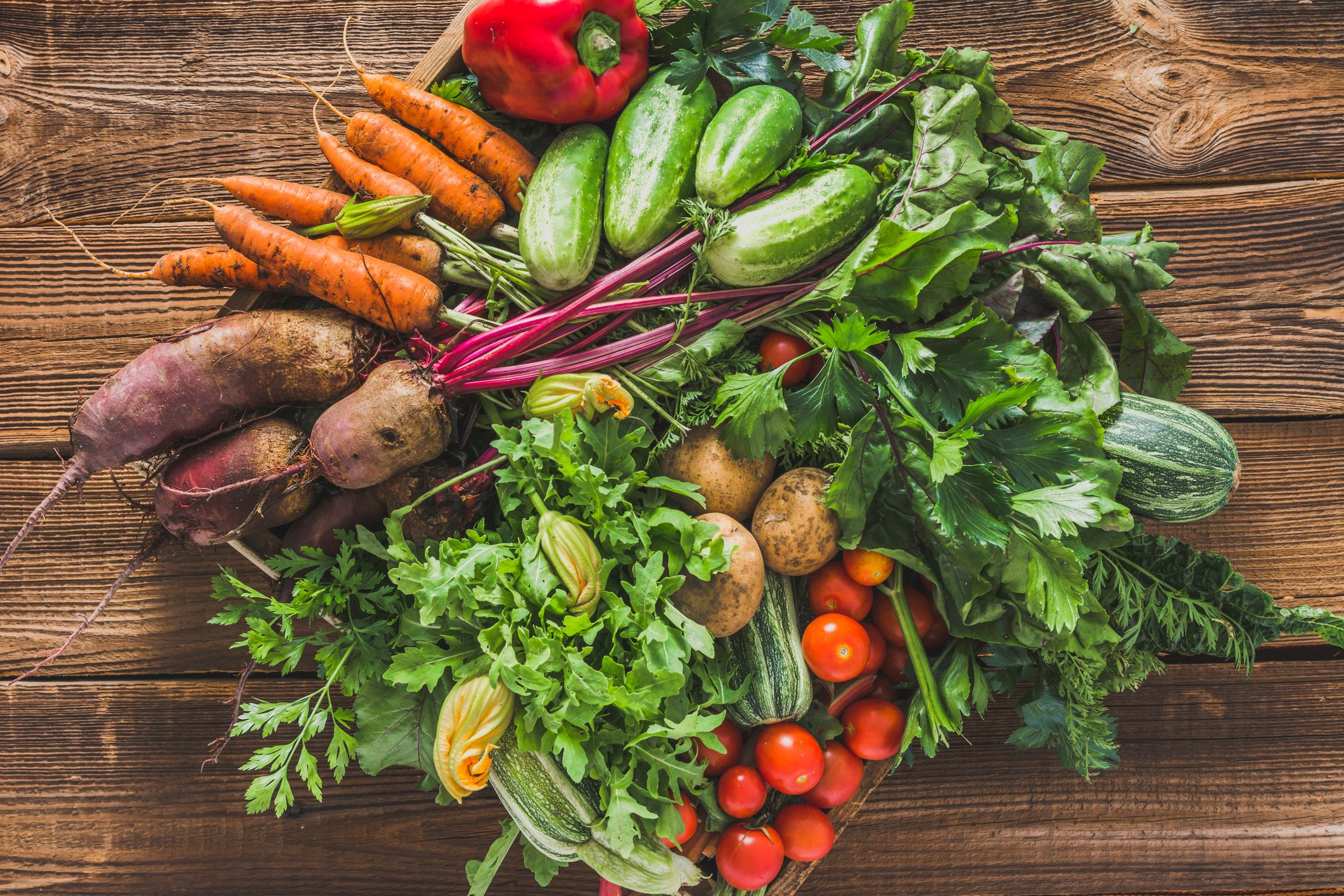
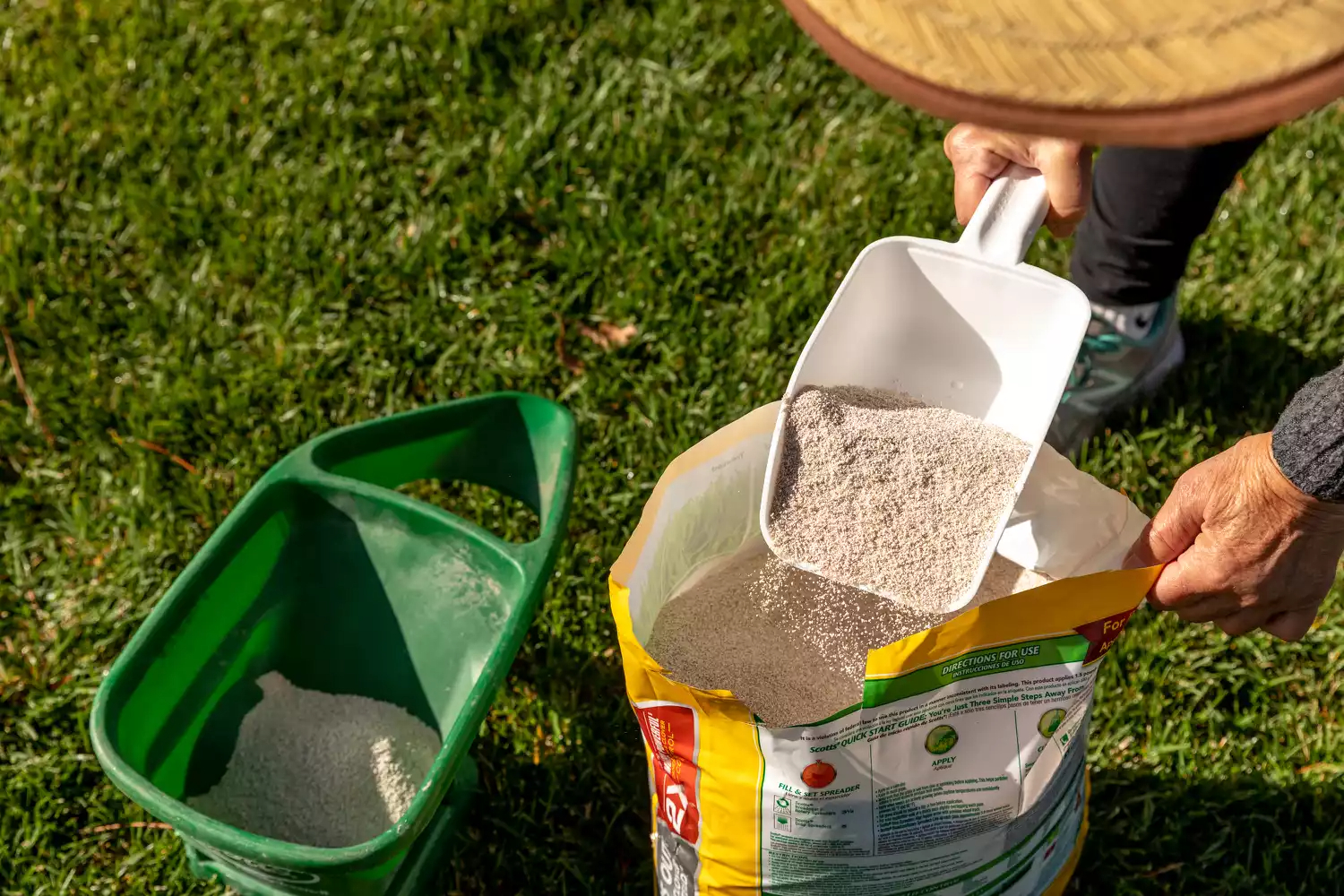
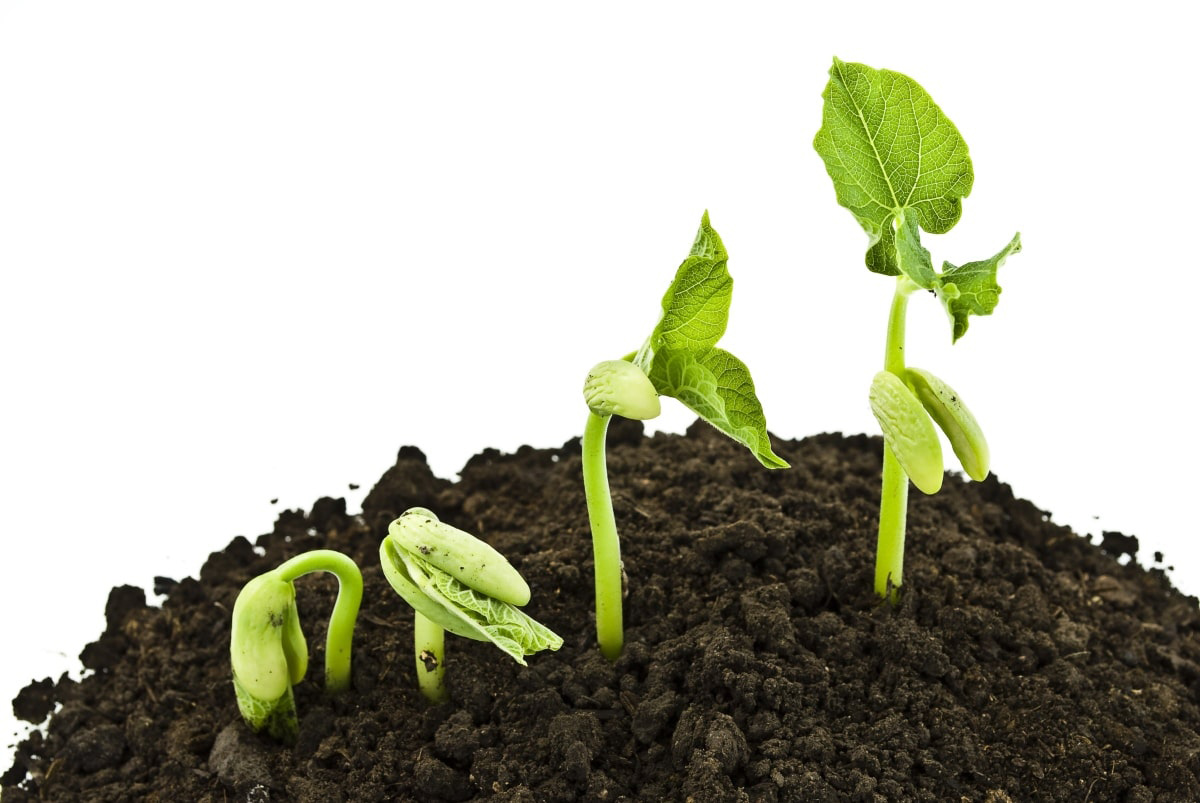
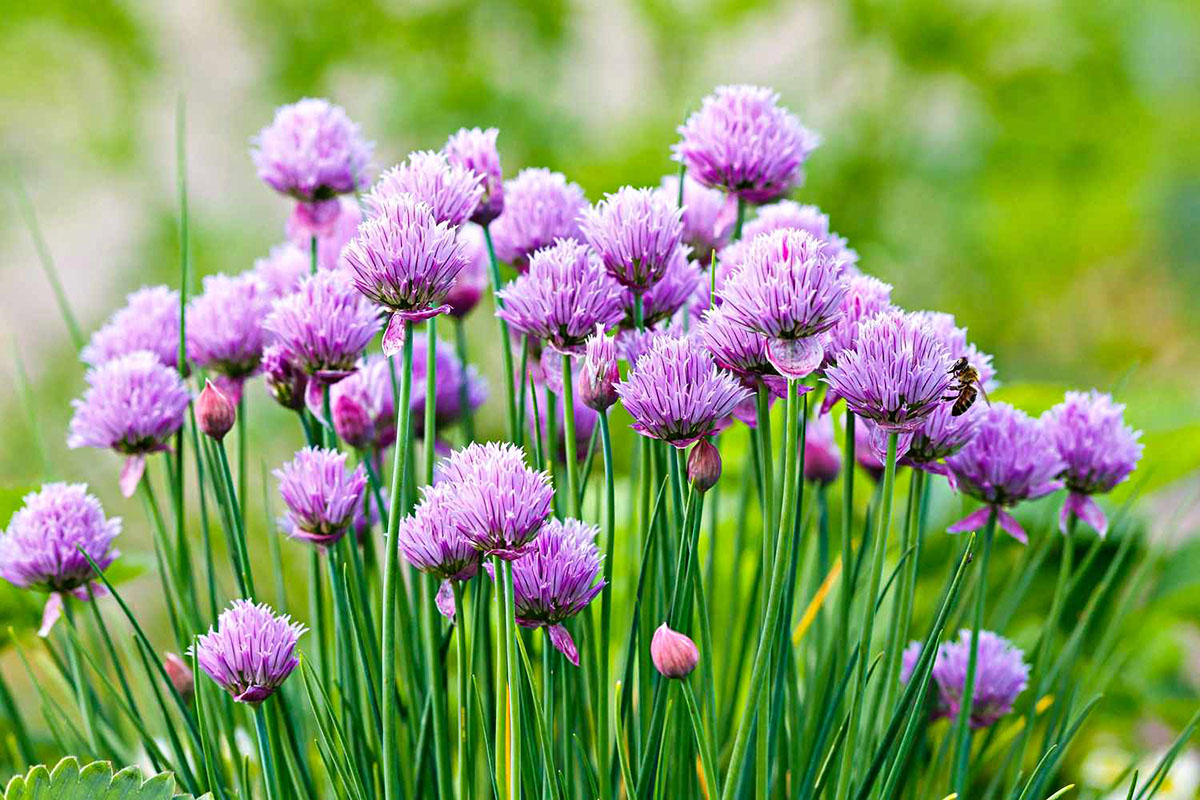
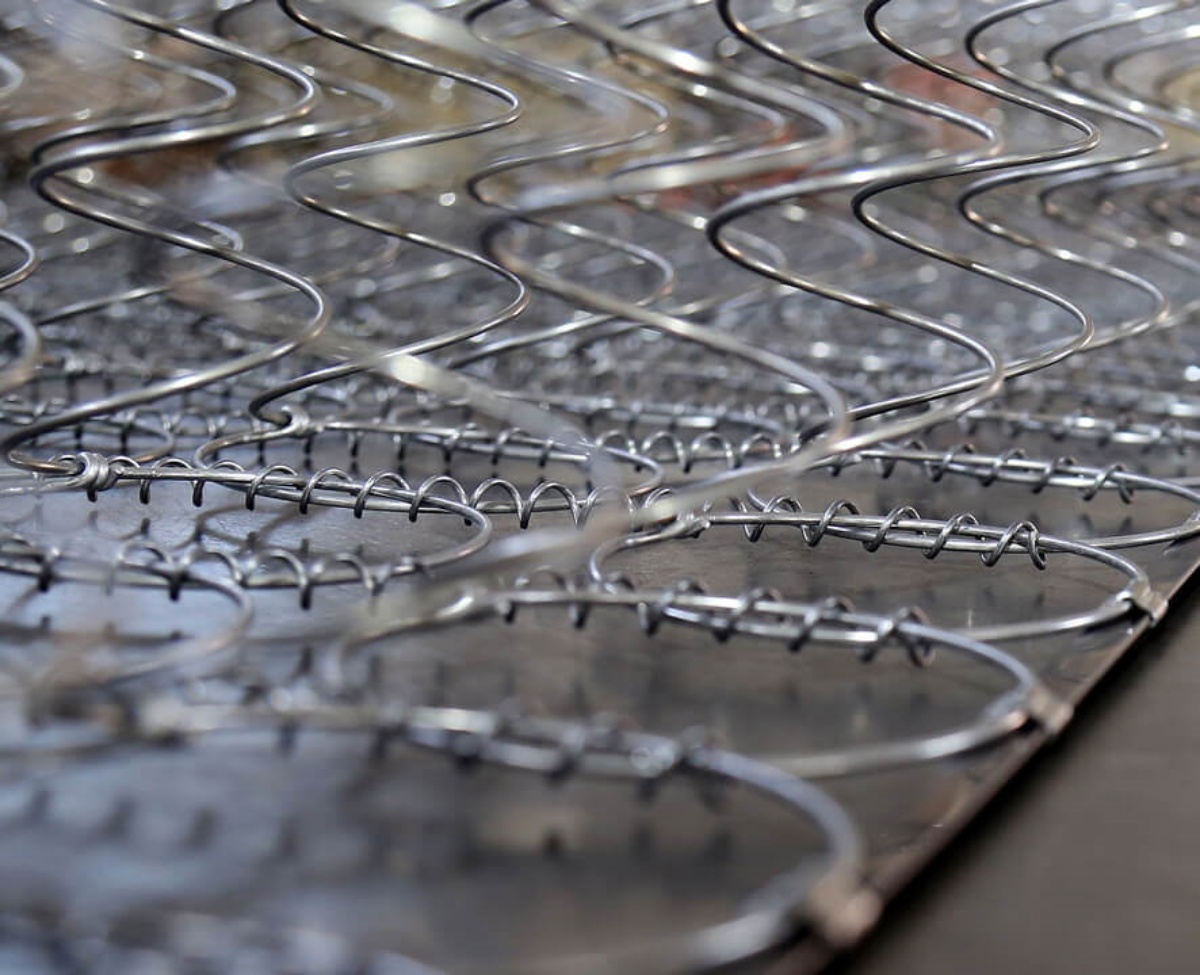

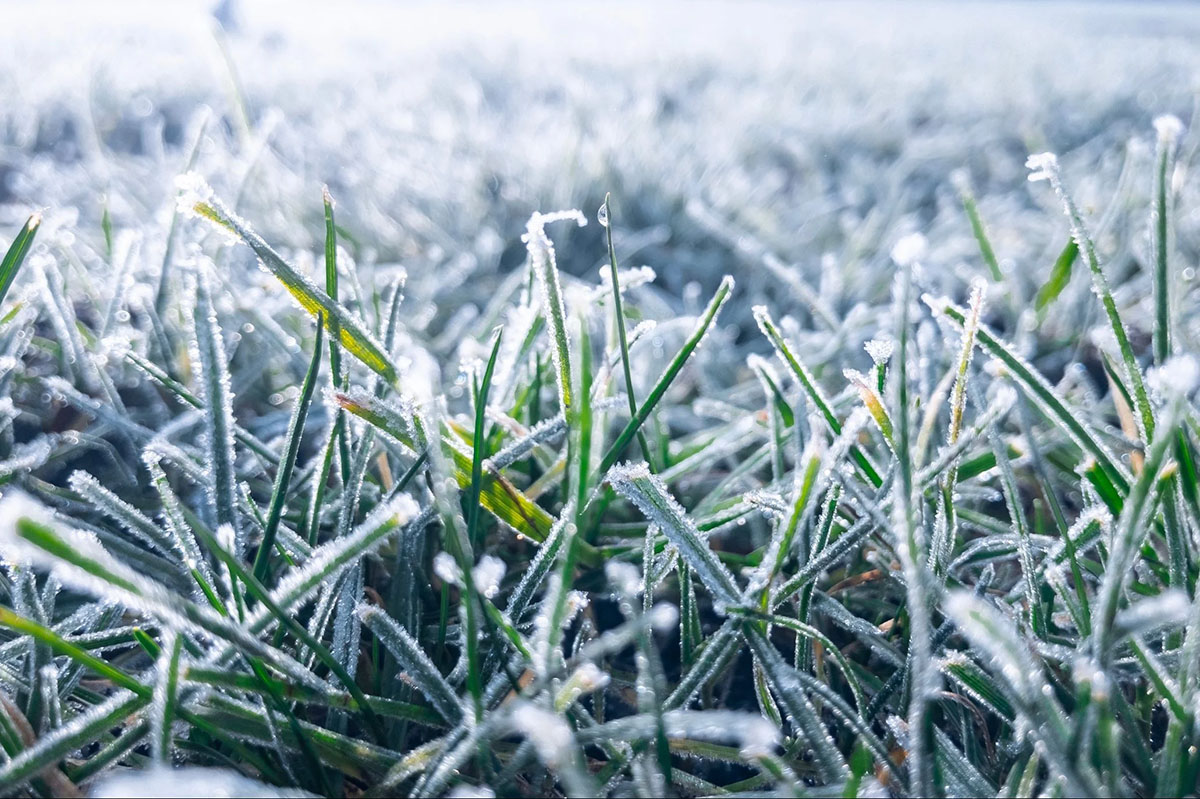
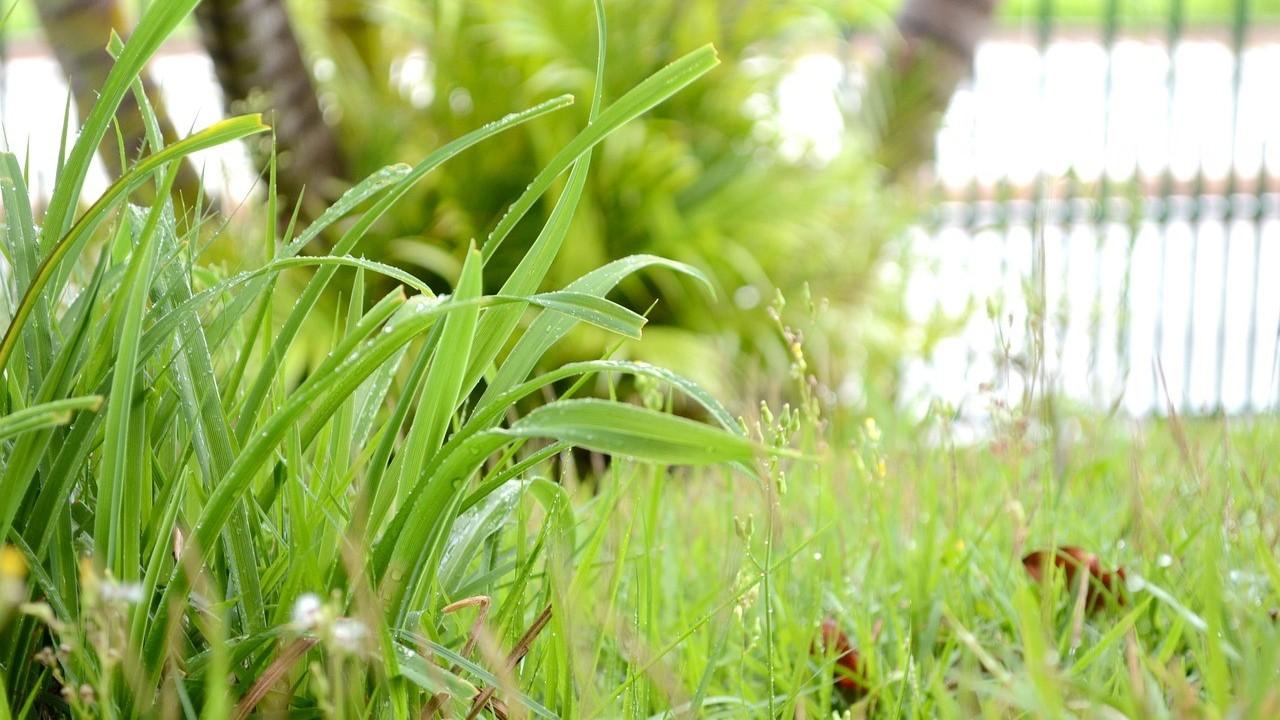
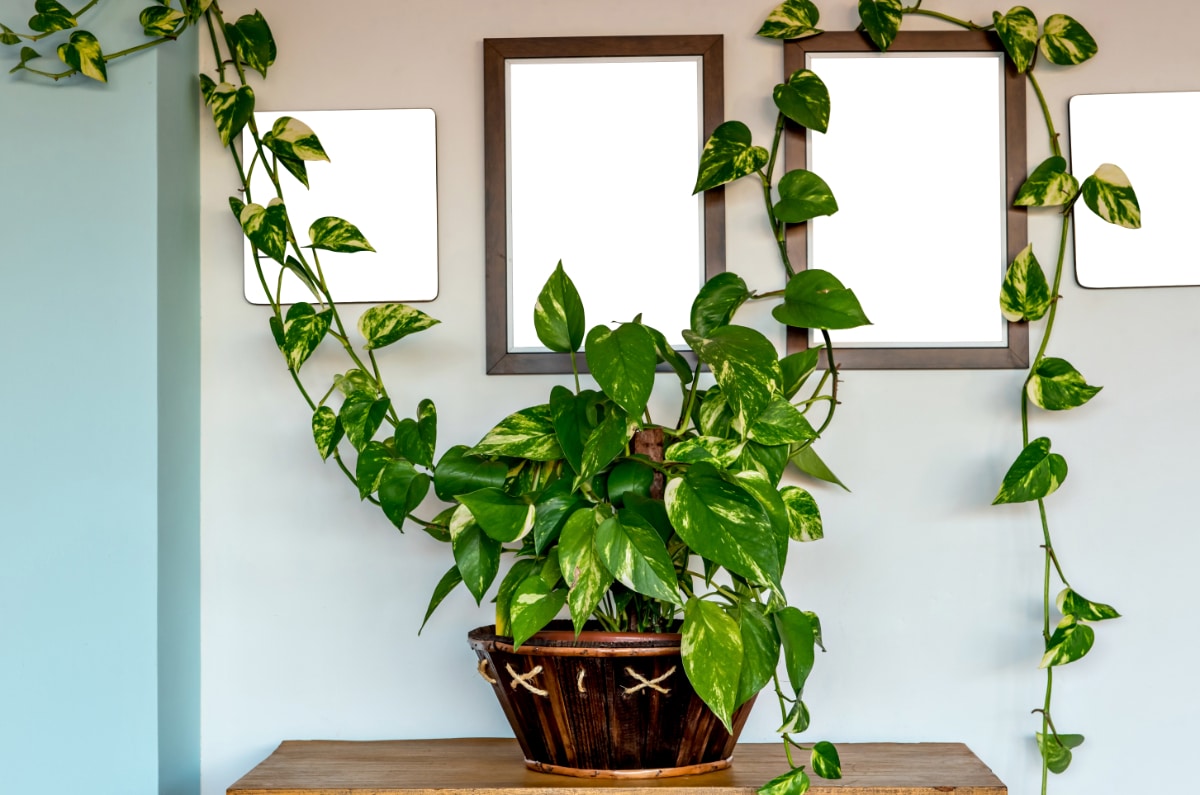
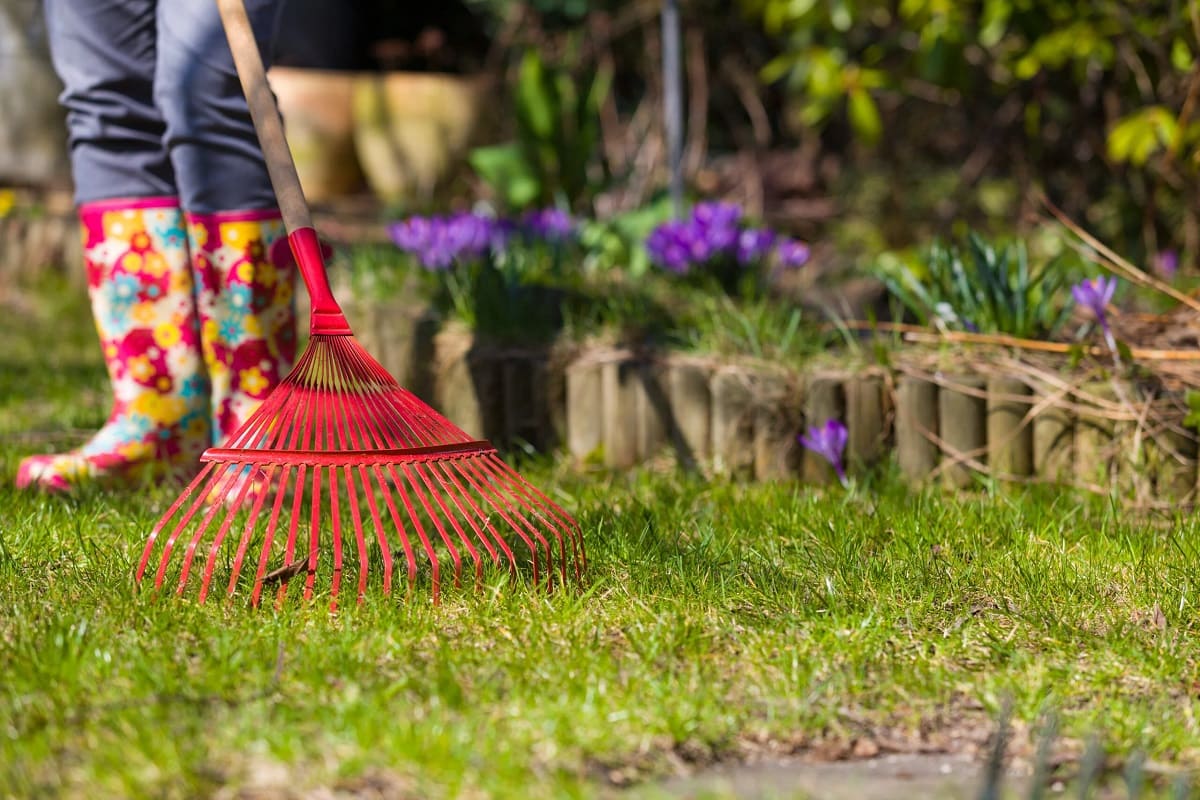
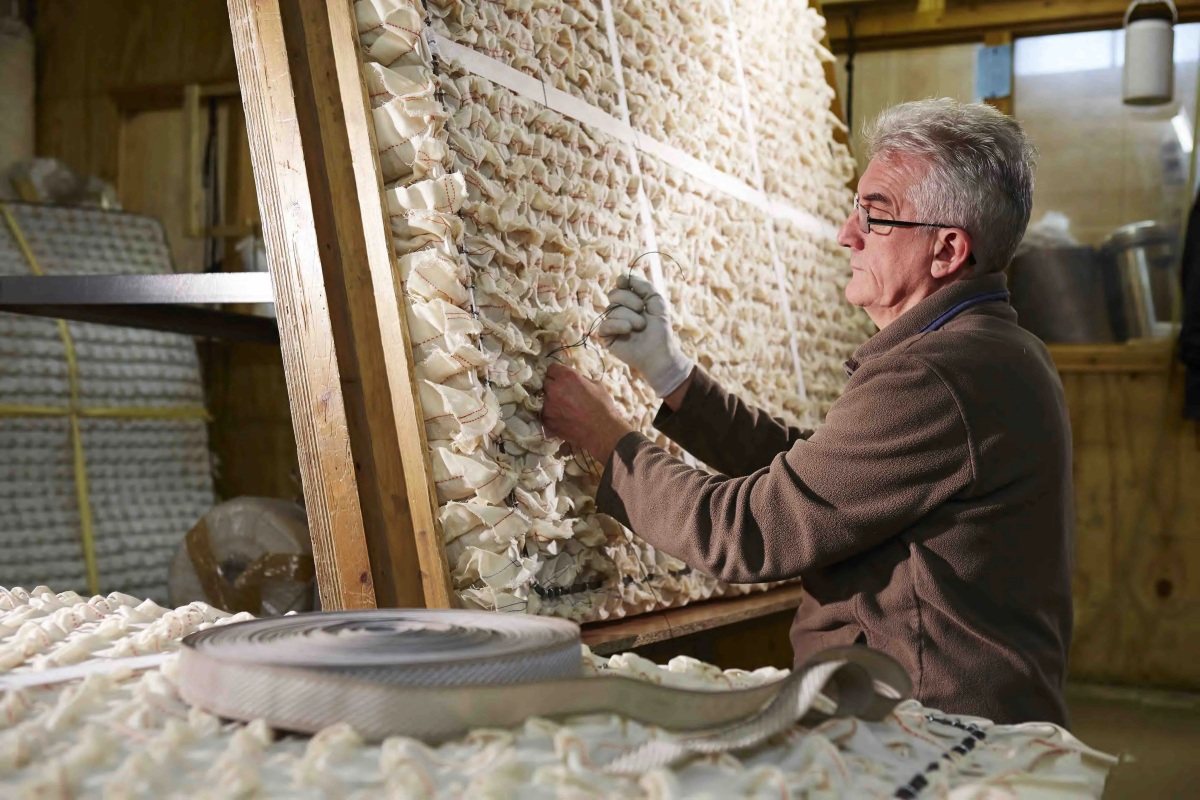

0 thoughts on “What Can Germinate From Fall To Spring”